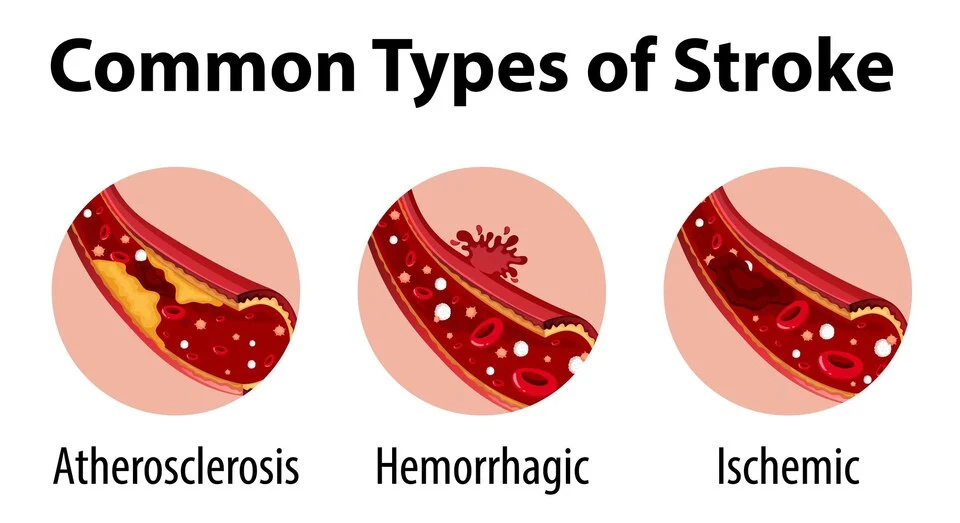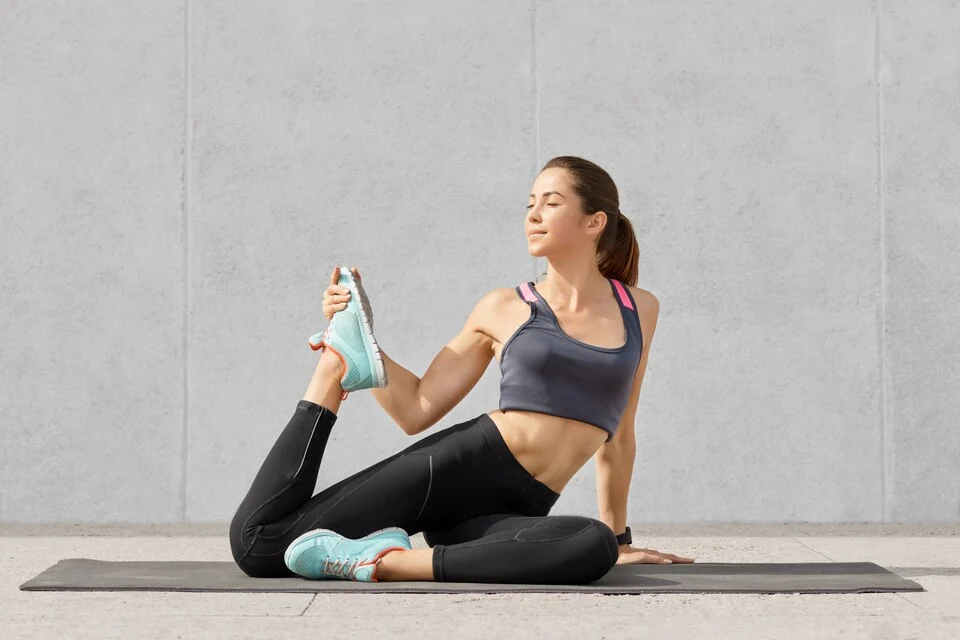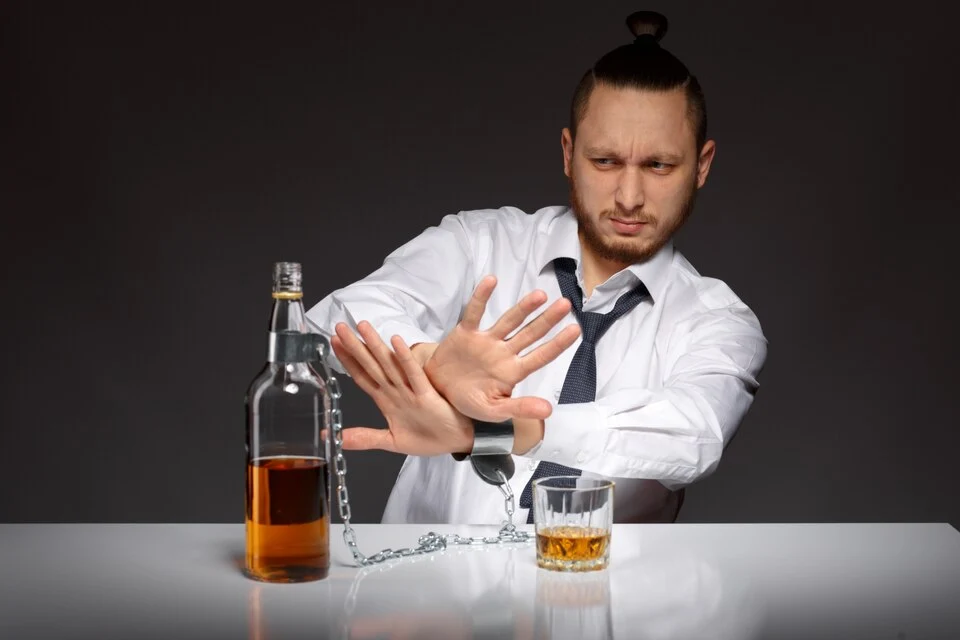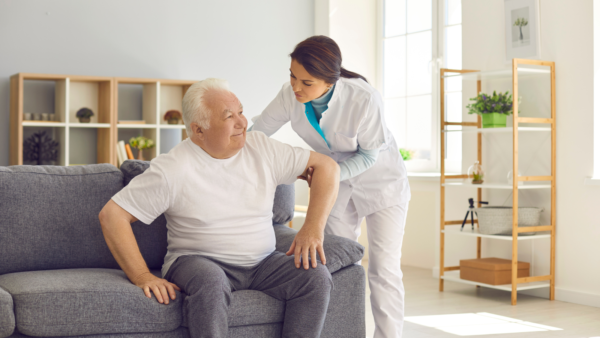Cerebrovascular accidents or Stroke happens when a blood vessel supplying the brain bursts or becomes blocked- restricting brain cells of oxygen, and leading to permanent damage. Brain cells starved of oxygen start to die within seconds when there is a sudden drop in blood flow to a particular region of the brain. While many strokes can be cured, some are deadly.
The two primary stroke types are as follows:
- Ischemic Stroke (Clots) – An ischemic stroke happens when arteries are clogged or constrained, restricting the blood flow.
- Hemorrhagic Stroke (Bleeds) – A hemorrhagic stroke can be brought on by blood spilling into the brain.

The Most Common Risks Factors for Stroke:
- Age
- Family history
- Prior stroke
- Gender
- High blood pressure
- Diabetes
- Substance abuse – Smoking and Alcohol intake
- High Cholesterol
- Sedentary Lifestyle – Bad diet, Obesity or excess weight
- Arteriosclerosis
- Heart conditions
Manifestation of Stroke
Signs and Symptoms of a stroke may include –
- sudden numbness or weakness in the face, arm, or leg, especially on one side of the body
- sudden confusion or difficulty speaking or understanding speech
- sudden difficulty seeing in one or both eyes
- sudden difficulty walking, dizziness, loss of balance or
- sudden severe headache with no known cause
Even though strokes typically happen suddenly, they can also happen slowly over hours or in a series of smaller strokes over time. Then, as the stroke gets worse, the symptoms get worse.
Avoid the occurrence of Stroke – Preventive Measures to Embrace
There are several ways that a person can lower their risk of experiencing a stroke. They are as follows-
- Eat a healthy diet: A diet that is high in fruits, vegetables, and whole grains, and low in saturated fat, trans fat, and cholesterol can help lower the risk of stroke.
- Exercise regularly: Regular physical activity can help lower blood pressure and cholesterol levels, which can reduce the risk of stroke.

- Quit smoking: Smoking increases the risk of stroke, so quitting smoking can help lower the risk.
- Limit alcohol consumption: Heavy alcohol consumption can increase the risk of stroke, so it is important to limit alcohol consumption to the recommended levels.

- Manage blood pressure: High blood pressure is a major risk factor for stroke, so it is important to have your blood pressure checked regularly and work with a healthcare provider to manage it if necessary.
- Manage diabetes: Diabetes increases the risk of stroke, so it is important to manage diabetes by following a healthy diet, exercising regularly, and taking any prescribed medications as directed.
- Know your family history: Discussing any positive history of stroke in the family with your healthcare provider could help identify and allow for early intervention if necessary.
How important is Stroke Rehabilitation?
Stroke rehabilitation is a process that helps people recover from the effects of a stroke and regain as much function and independence as possible. The goal of stroke rehabilitation is to help the person regain physical, cognitive, and emotional skills lost or impaired after the stroke attack.
There are several types of stroke rehabilitation, including:
- Physical therapy: Physical therapy can help the person improve their mobility, and strength and learn how to use assistive devices such as canes or walkers if needed.
- Occupational therapy: Occupational therapy can help the person learn how to perform daily activities such as dressing, bathing, and cooking.
- Speech and language therapy: Speech and language therapy can help the person improve their communication skills and regain their ability to speak, understand language, and read and write.
- Cognitive therapy: Cognitive therapy can help the affected improve their memory, attention, and problem-solving skills.
Stroke rehabilitation typically begins in the hospital, and may continue on an outpatient basis after the person discontinues hospital care. The length and intensity of stroke rehabilitation depend on the individual’s specific needs and goals.
Rehab with Ayurveda!
Ayurvedic literature addresses the symptoms similar to that of stroke under a disease called Pakshaghata. Pakshaghata is caused by improper functioning of Vata dosha – which is responsible for all sensory and motor functions of the human body.
Ayurveda offers both internal medications and external therapies for post-stroke syndrome. The treatment protocol focuses on restoring the lost sensory and motor functions, increasing the blood supply to the brain, improving oxygenation and rejuvenating brain cells. Restoring the functioning of the Vata Dosha is another treatment goal. As the number of days post-stroke increases, the person would require more intense and extensive therapies. This is because half of the body has been inactive for so long that the muscles start to waste away due to diminished functioning.
Ayurvedic therapies for post-stroke rehabilitation and recovery include –
- Abhyanga – massage with medicated oils
- Snehapanam – internal administration of medicated fats
- Swedanam – Fomentation with hot liquids or medicated bolus
- Virechana – Therapeutic Purgation
- Nasyam – Medicated oil nasal instillations and
- Vasti – Enema Therapy
Medicaments used for these therapies may incorporate – Dhanwantaram tailam, Ksheerabala Thailam or Maha Mashadi Tailam. Internally, the physician would advise Dhanwantara Kashayam, Ashtavarga Kashayam, Bala arista, or Ashwagandharishta. However, these should be taken only after a proper evaluation by the consultant physician. Treatments localised to the head, like Shirodhara or Shirovasti are also indicated for the rejuvenation of the damaged brain cells. Balaswagandhaditailam, Ksheerabala thailam, or Dhanwantharam thailam are the best choices for the above-mentioned therapies. Herbs like Brahmi, Ashwagandha, Eranda and Lashuna are also beneficial post-stroke, and these could be taken as medications or supplements.
Advantages of Ayurvedic Rehabilitation –
It is important to note that stroke rehabilitation is a process that may take a long time and prolonged effort. But, with dedication and hard work, many people can make significant progress and improve their quality of life after a stroke. Ayurveda helps to-
- Improve and restore neuromuscular functions
- Strengthen the muscle tissues and
- Improves the quality of life of the patient by making them capable of performing daily activities without support
Here’s about choosing RAHA for Post-Stroke Rehab…
Ayurvedic treatment for stroke at Raha Ayurveda provides the best holistic care comprising Herbal Medicines, Ayurvedic Therapies, Physiotherapy, Yoga, Nutritional Medicine and Ergonomic Modalities. Our expert team includes Ayurvedic Physicians, Physical Medicine & Rehabilitation Consultants, Physiotherapists, and Yoga – Naturopathy
Doctors – who prepare customized treatment plans to fit their patients’ needs. We offer unique herbal combinations for whole-body detoxification – yielding a rejuvenated body with improved blood circulation and refined nervous functions. The doctor advises a few lifestyle changes to improve the quality of life post-stroke!
Reach out to us today!!

Leave a Reply